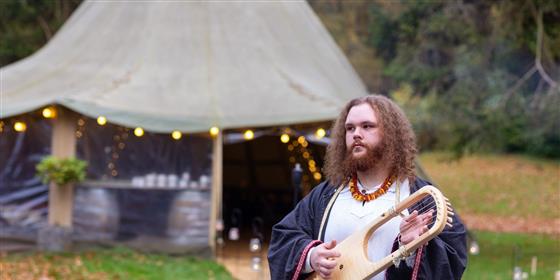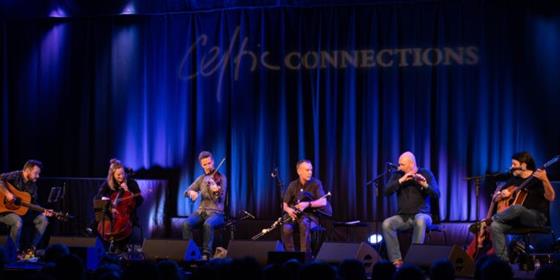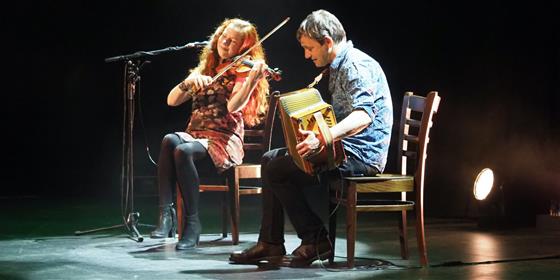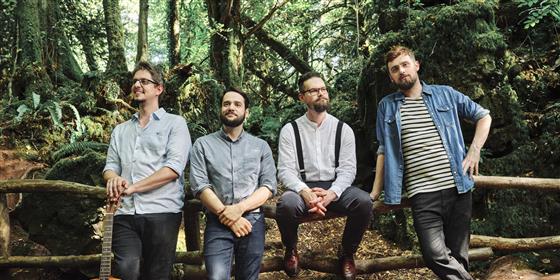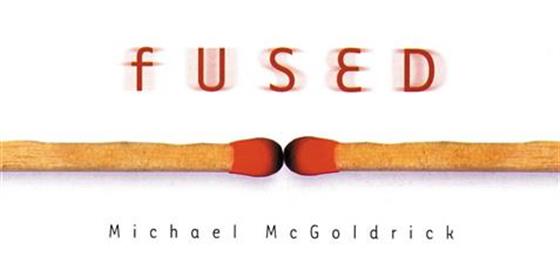Posted by Alex Turner 28 January 2022
In a time of unusual occurrences, possibly one of the most unexpected things to happen in 2021 was the few weeks at the start of the year when the internet was suddenly filled with videos of a 19th century whaling song. Wellerman, a song written in the 1840s off the coast of New Zealand and given fresh life by 21st century Bristolians The Longest Johns, was the breakout hit of the ShantyTok phenomenon.
In and among the thousands of people contributing their own versions, The Longest Johns’ acapella version rode the crest of the wave into the UK top 40, and at one point was among the 200 most streamed songs in America. With shanties and forebitters possibly more popular now than at any time since the arrival of steam power, the Bristol quartet are now making the most of this new found enthusiasm for songs of the sea.
We spoke to the band ahead of the release of their fourth album, Smoke and Oakum:
Shanties and songs of the sea are what you have become known for, but Smoke and Oakum draws material from quite a wide range of sources including the Copper family repertoire and Dick Gaughan’s Workers’ Song. What’s your policy when it comes to selecting songs?
We try to pull from a wide variety as we can, finding old, lesser known stuff and breathing new life into it, or taking classics that we think we can put our own spin on. But it’s generally just songs that we’ve heard and really like. Nothing’s off the table if we can do something interesting with it to fit our sound.
Many shanties rely on in jokes and colloquialisms that are quite specific to the lives lived by those who originally sung them over 150 years ago. Have you made any changes to sing them today?
There’s always a little bit of potential adaption when we first come to a song. Many have countless verses and versions, so we cherry pick ones that will work for us. It’s more about keeping the spirit of the song alive, rather than religiously sticking to what might be most well known. A lot of these songs were passed through countless shanty singers and changed constantly before becoming what most people know them as.
What do you think makes them appeal to people across the world today?
Communal singing has been a part of every culture throughout time, and with the advent of the internet, communities are no longer hampered by distance. The spirit of shanties has always been about being in a group and quite literally, pulling together. Where it’s no longer about surviving on the open seas, it’s now about just surviving life.
If you could wish for another shanty to experience the same levels of worldwide success as Wellerman, which would you personally choose?
It’s hard to choose. There’s so many great picks, about historical events and figures or quirky and fun nonsense. I could be selfish and pick one of our originals because it’s always amazing to see those out in the wild being enjoyed by people. Let’s go with Worker’s Song or Hard Times Come Again No More, for the same reason we put them on the album - they’re just so relevant to the world right now.
Is there a modern equivalent of the Sea Shanty, and if so, what is it?
In terms of music to keep people in time with each other or encourage working, I guess you could say dance music, or anything people like to listen to whilst working out could be the modern work song. But then, so long as people are keeping the genre alive by taking part, sea shanties are still the modern sea shanty.
You played triumphantly at Shrewsbury Folk Festival last summer. How did it feel to get back out in front on people, and on such a big scale?
It’s been so fantastic to get back out on the road, for festivals, supporting our friends Skinny Lister and putting on some of our own gigs. Performing has always been at the very heart of what we do. The bigger stages are a little different from shouting at people in a tiny pub but we still try and bring that kind of atmosphere to our shows.
Probably uniquely among English folk bands, last year saw Lucy Humphris produce an entire album of 8-bit electronica covers of your back catalogue. How did this come about?
Lucy is in fact a classically trained trumpeter and folk artist herself, who’s been a friend and member of our community for a long time. She’s transcribed a lot of our catalogue to help us publish our songbooks so that was an easy place to start from.
As for the style, it’s something we’ve enjoyed for a long time, coming from a background of video games, as have a lot of our fanbase. We thought it’d be a fun and different way to get these great songs out into the world, to be enjoyed by those who recognise the underlying tunes as well as those who don’t.
What does the future hold for The Longest Johns?
More of what we do well, but bigger and better. More shows, more recordings, more videos and streams. We’ve always been doing what we love and success provides a larger amount of freedom to explore that. Maybe we’ll buy a ship and sail the world on it!
Smoke and Oakum is available to purchase from the band’s website and stream on all major platforms
See all of Bright Young Folk's text interviews.